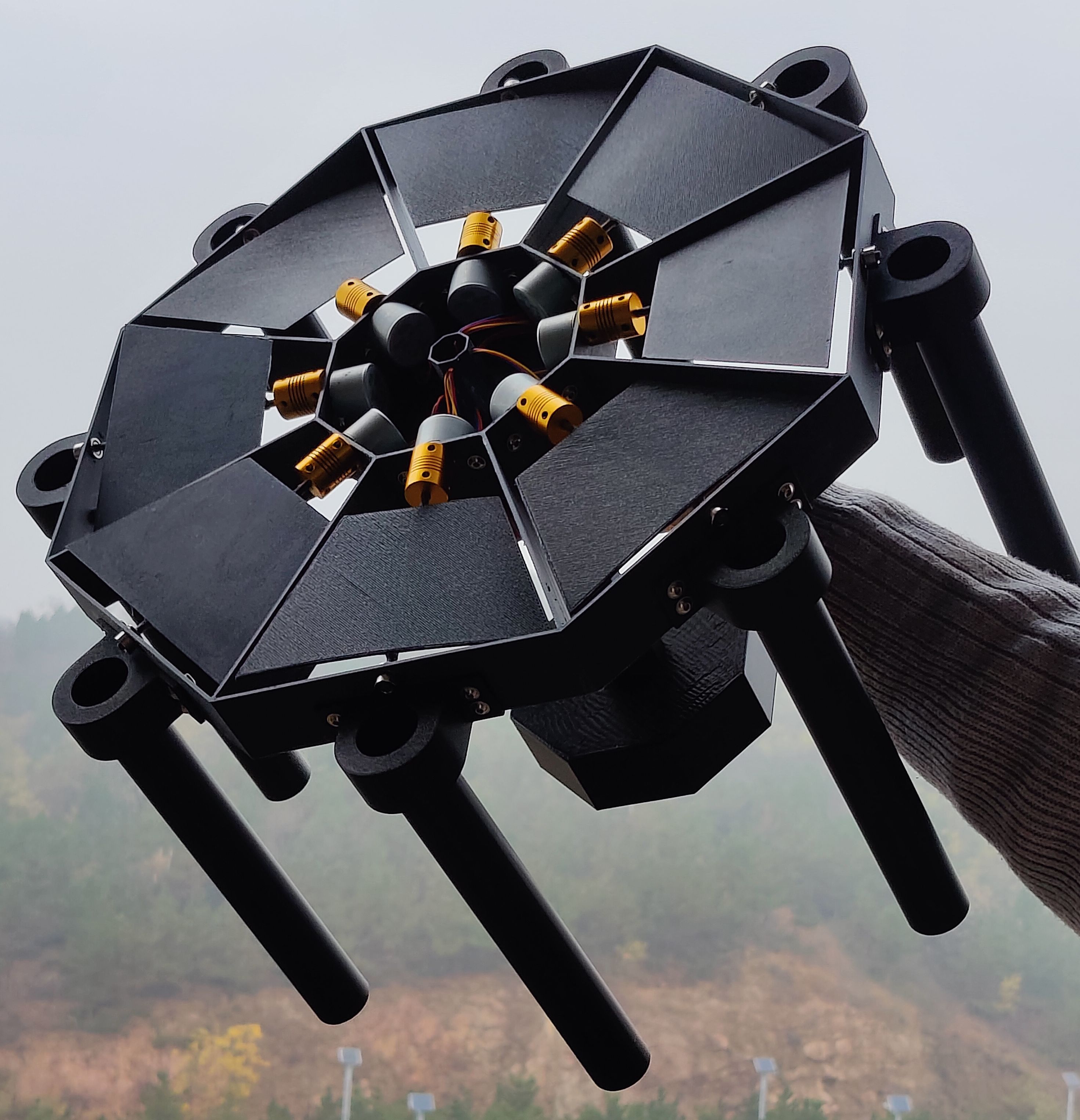
© PanelSat GmbH



| Home | History | SoSo-steering | MSU | DTU | Operation | Contact |

|
larger photo
The photo shows a small, 50 cm diameter PanelSat® printout model. The smallest PanelSat® base version will be about 100 cm . As it is scale able, the spacecraft size could reach nearly the diameter of the launcher. Those larger models would allow the next generation satellites with more electric and turning power, while the mass stays low compared to satellites with the same panel area. |
|
|
larger photo
This photo shows our prototype base model body hanging on a thin thread before doing a first rotation test. The panels are not yet mounted. Diameter about 1m, mass about 4,5 kg. |
| Home | History | SoSo-steering | MSU | DTU | Operation | Contact |